As Loyola students prepare to return to campus, they bring with them high hopes for the fall semester. While many of us students are looking forward to moving into their new dorms with their friends, we are faced with the staunch reality that just a few blocks away, there are people in Baltimore who have no home to go to. According to the Federal Department of Housing and Urban Development, approximately 2,669 men, women, and children in Baltimore City are homeless on any given night.
The issue of homelessness in Baltimore is compounded by the widespread poverty that faces our city. Half of the residents of Baltimore city live below the 200% federal poverty line. In addition, housing in Baltimore is very expensive, estimated at around $985 a month for a one bedroom unit and $1232 a month for a two bedroom unit.
Homelessness is one of those problems that is easy to ignore. Many people believe that homelessness is something that is guaranteed to happen in a big city like Baltimore. There is also a stigma surrounding people who experience homelessness that makes other less inclined to want to help them. People will see homeless people and do their best to avoid any kind of contact with them. There are also many negative stereotypes about homeless people that are prevalent.
Common rhetoric around solutions to homelessness include comments like, “Just get a job” or, “Stop being lazy.” These suggestions obviously ignore the many socioeconomic factors that lead people to become homeless. Most people end up homeless because of the lack of jobs and housing available. Many individuals experiencing homelessness also have a long history of mental illness and substance abuse that makes everyday life difficult.
One of the best ways to combat homelessness is to stop the stigma around the idea of homelessness. Many people should learn that homeless people are just people who are currently in a tough spot and need an extra boost. Another way to combat homelessness is to hold the government in Baltimore accountable for the conditions that homeless people experience.
These coming months are particularly brutal for the homeless people of Baltimore considering the nights are going to get very cold, making shelter a top priority for these individuals. If more people have access to more affordable housing and health care, then the problem would reduce in size.
On an individual scale, there are also many ways in which an average person can help those experiencing homelessness in Baltimore. Some ways are very small, like smiling at a homeless person when encountering them on the street.
There are also many homeless shelters in Baltimore such as Healthcare for the Homeless that accept volunteers. These organizations would be more than grateful to have more citizens engage in the issue of homelessness and help make a difference.
Loyola’s very own Prof. Akre of the Fine Arts department volunteers with the St. Matthias Episcopal Church Loaves and Fishes feeding mission, where she cooks weekly meals for more than 240 people experiencing homelessness.
Worldwide, the problem of homelessness has the potential to be drastically improved, but it can only start when a community of people work together to try and make it happen.
Feature Image: Jason Eppink Photo, Courtesy of Flickr





















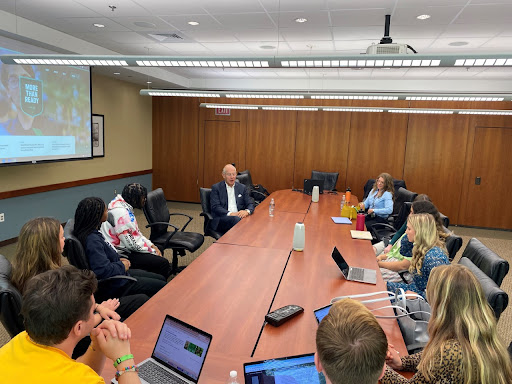



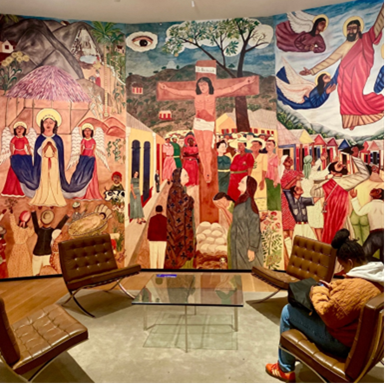


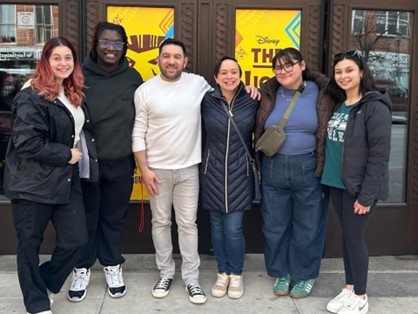
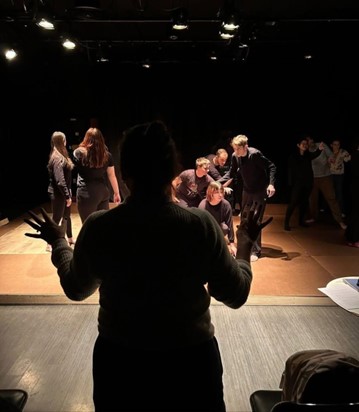
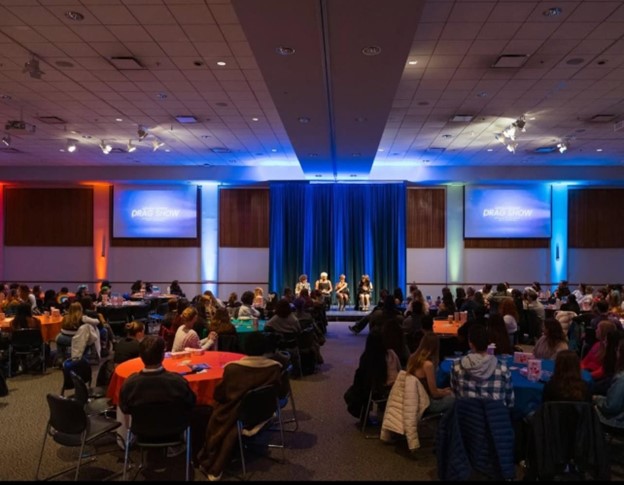











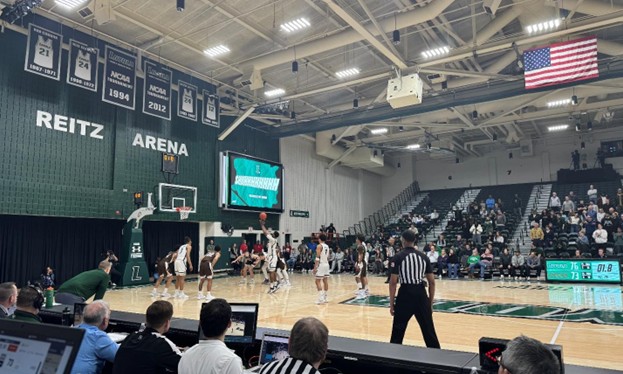
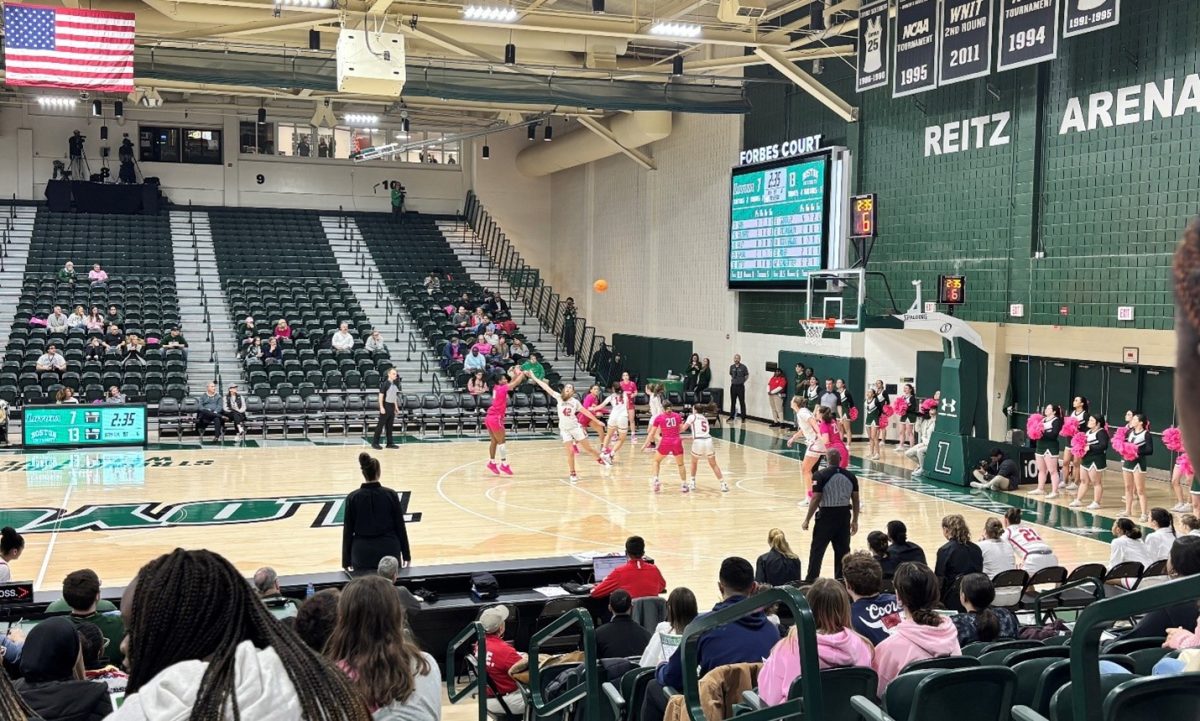






















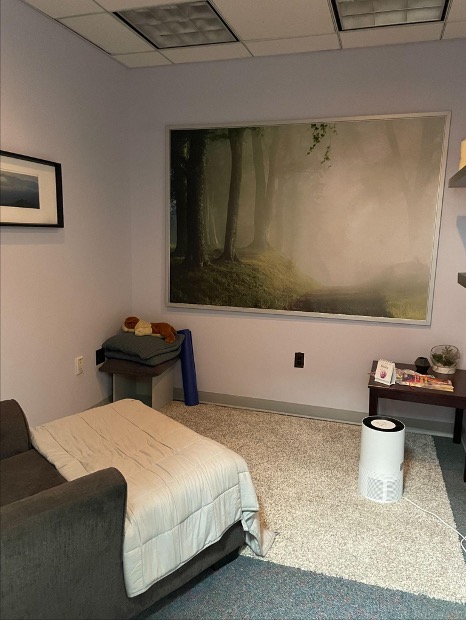






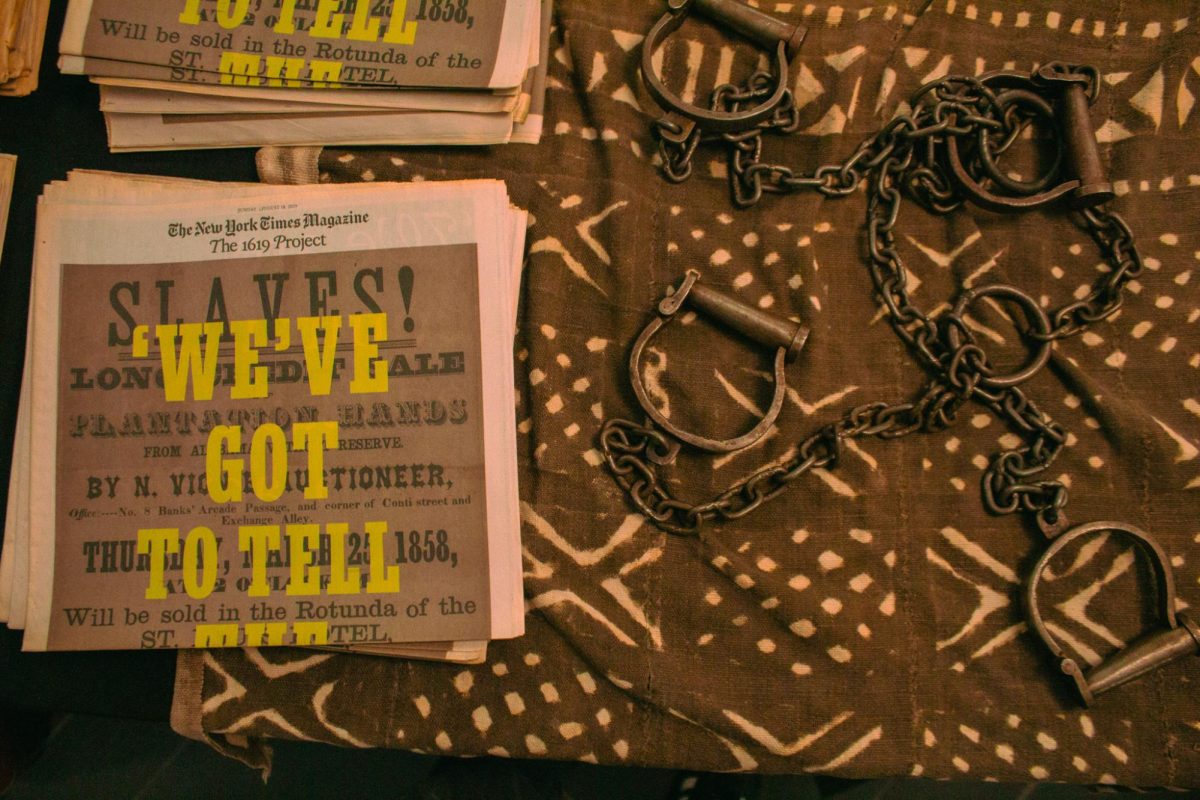



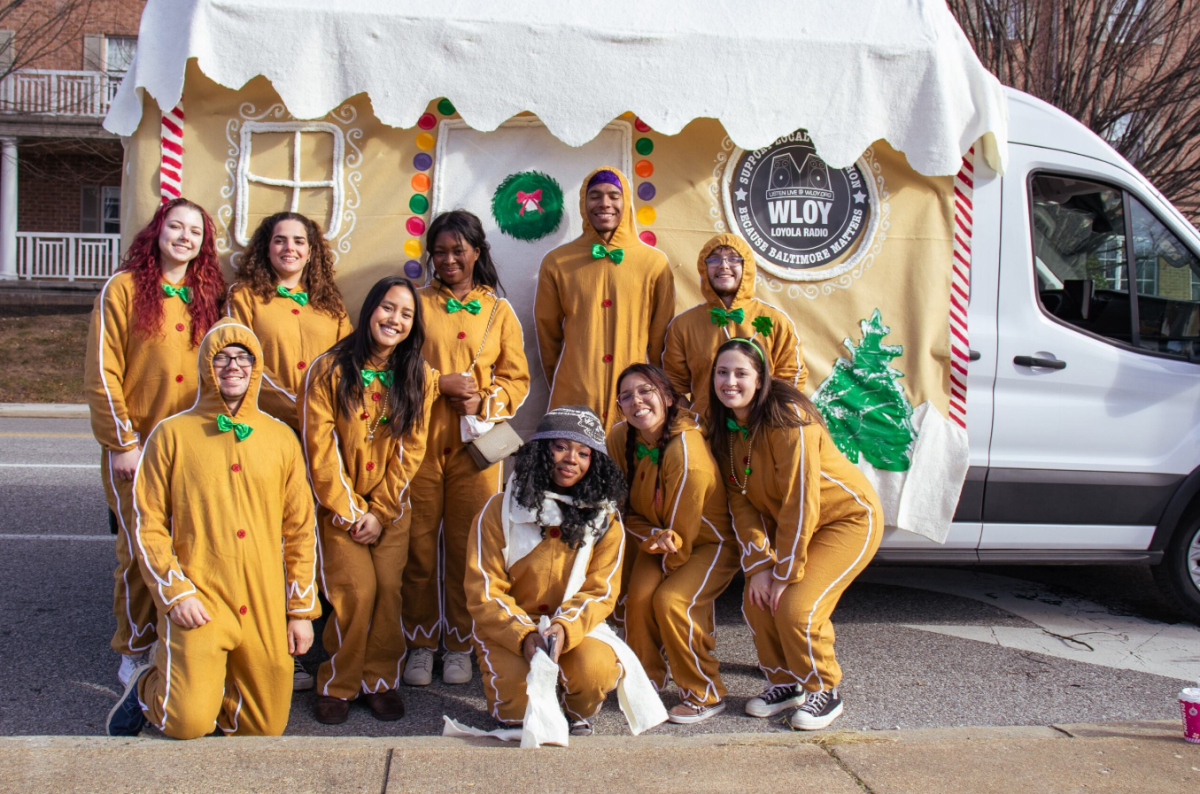
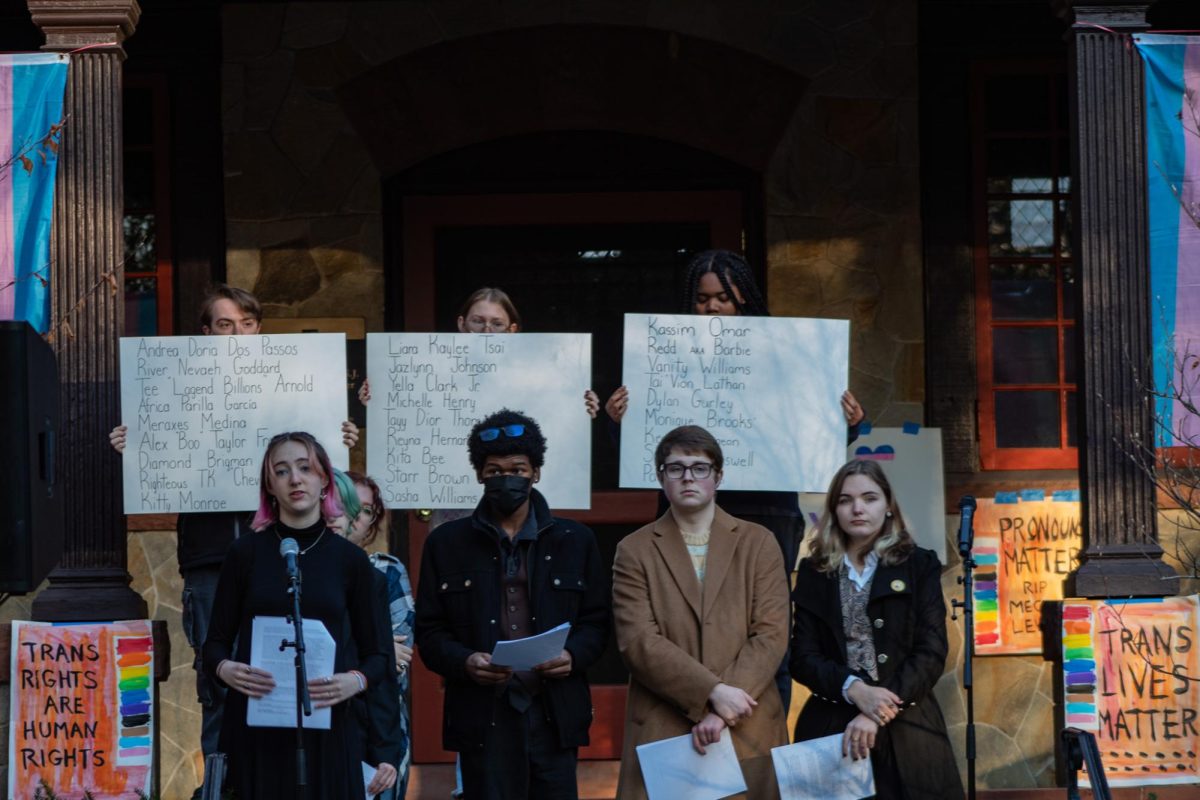
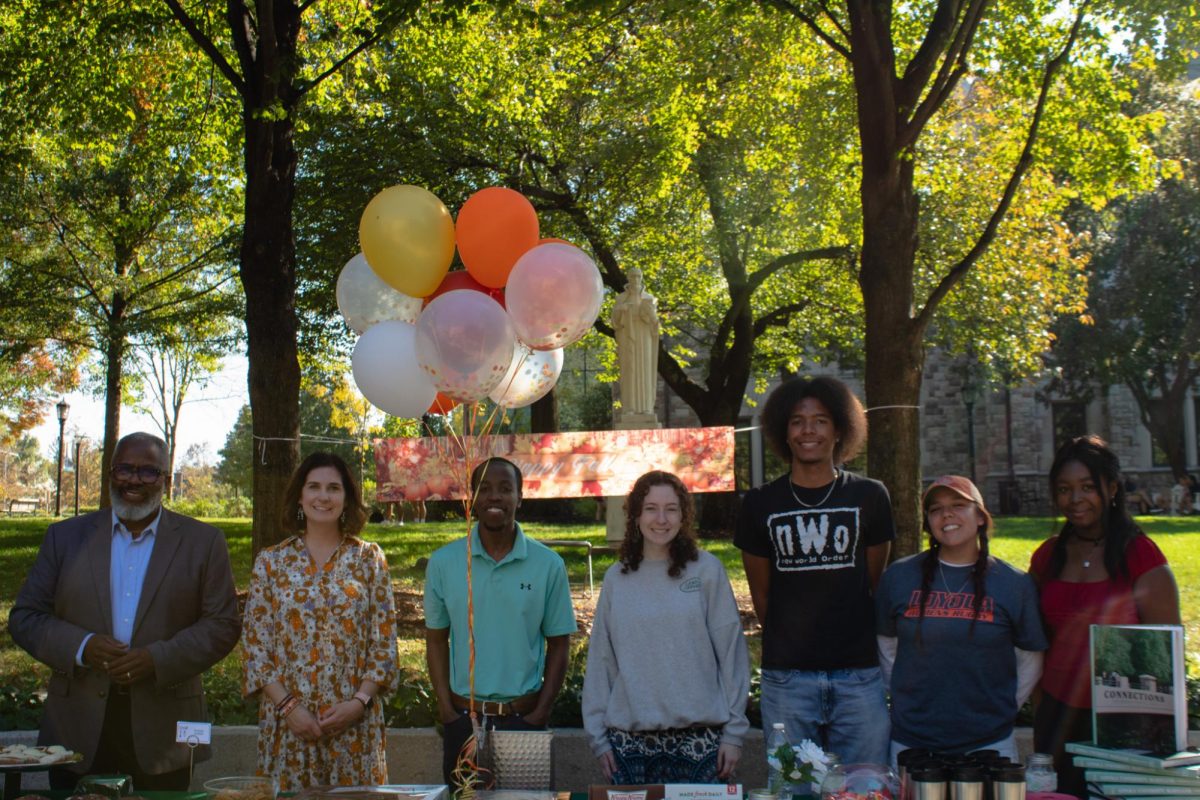

























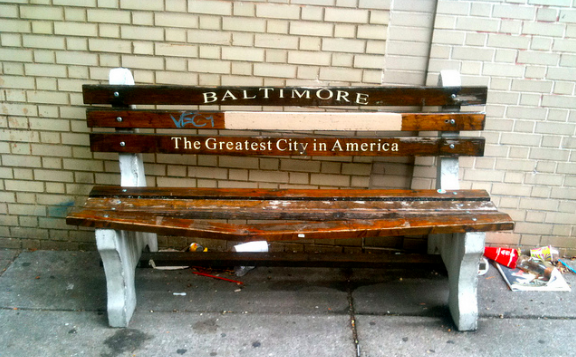





Anonymous • Sep 4, 2018 at 2:25 pm
4.5